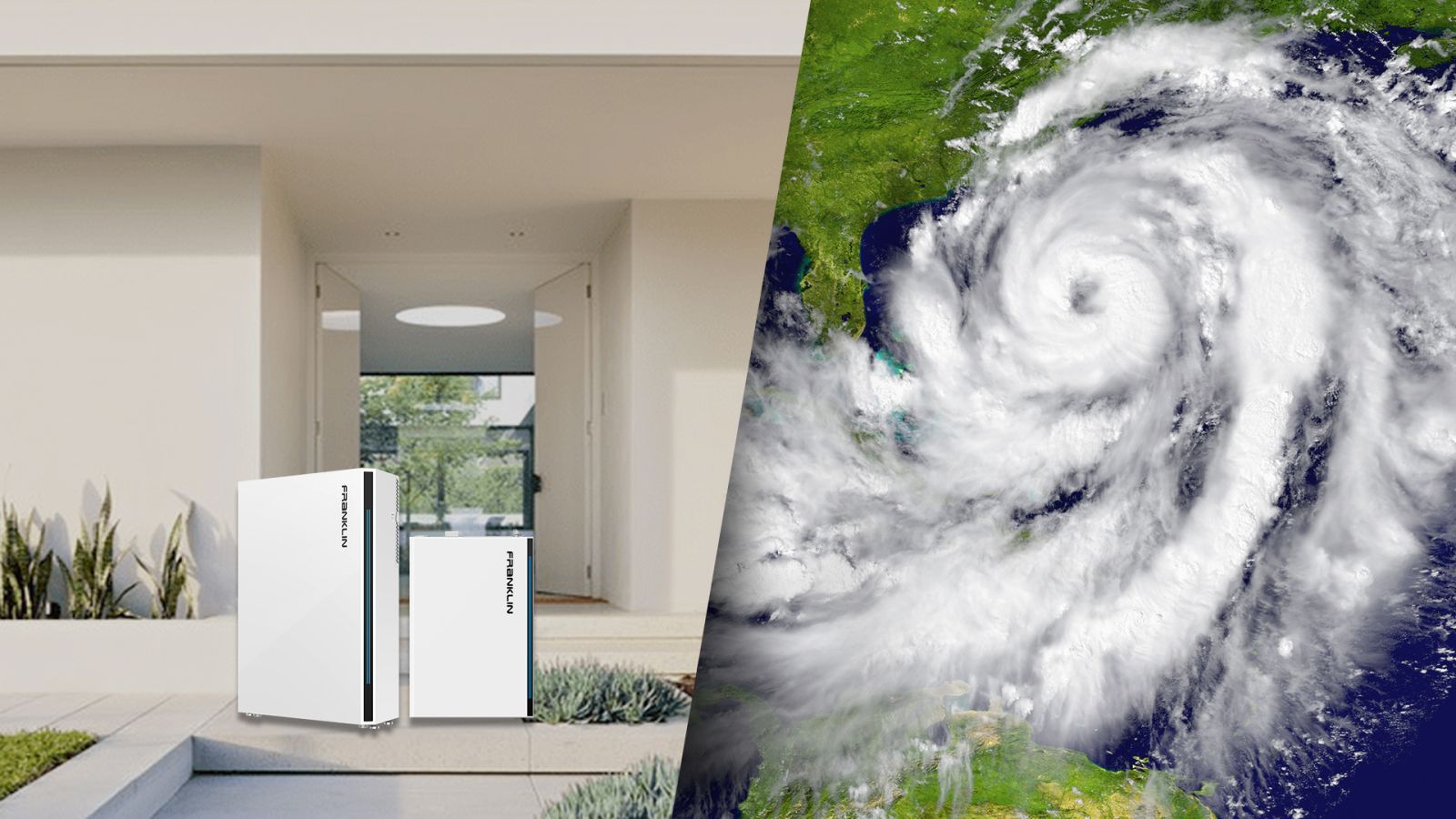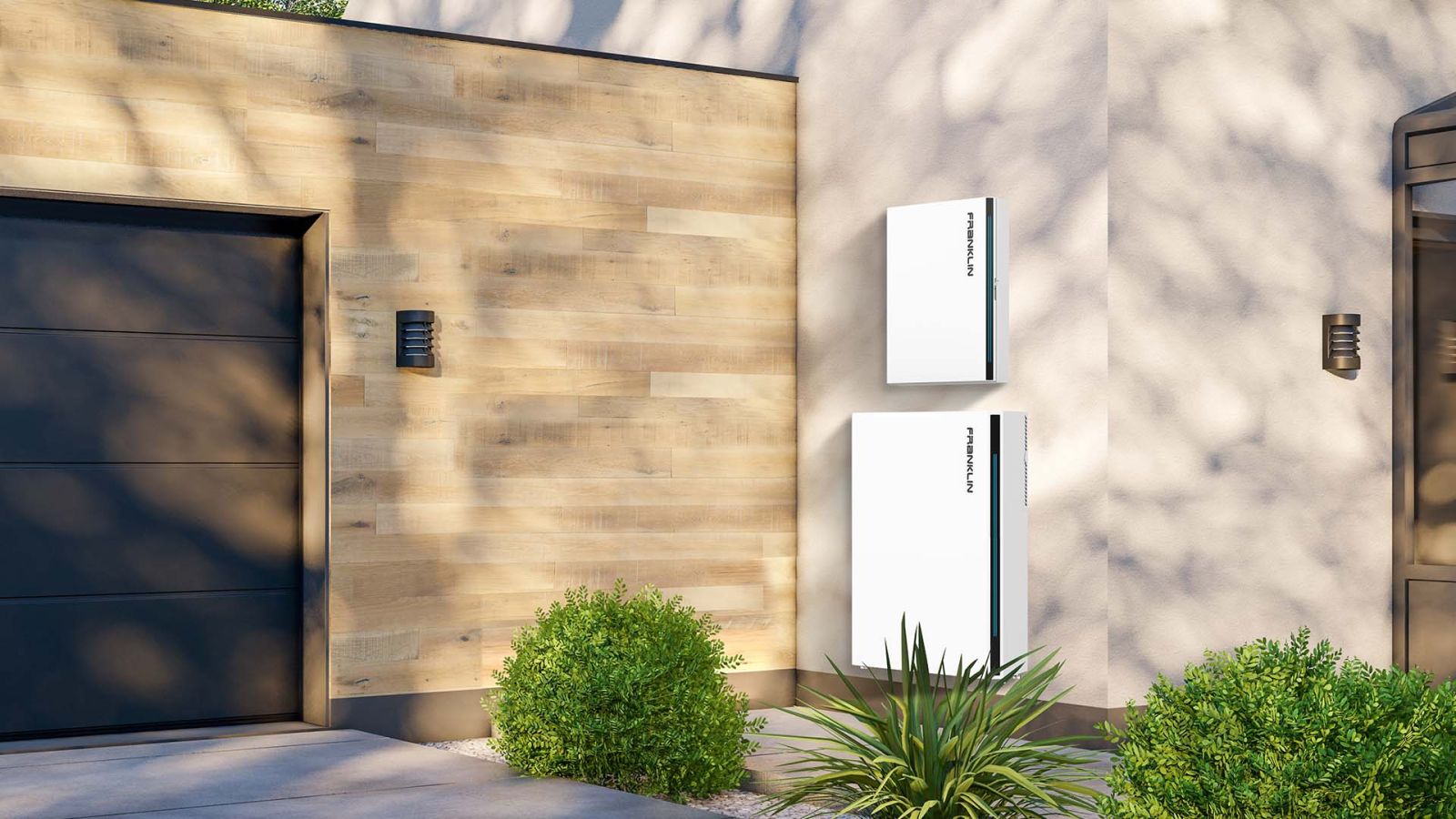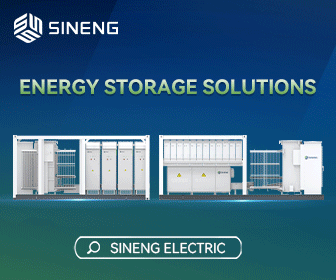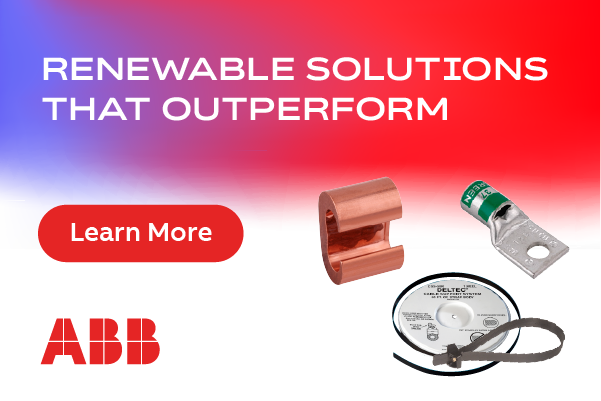Keeping the Lights on as Extreme Weather Threats Rise
Installers turn to battery storage to increase resiliency, mitigate risk
Global warming and a decades old, frail electrical grid infrastructure have led to a rise in the severe impact of climate events. It’s a perfect storm, and one that has caused the number of power outages associated with weather-related issues in the U.S. to double in the past two decades.
Blackouts are not only inconvenient, they can be harmful, even deadly — especially for the elderly, those that rely on electricity for medical needs, and other vulnerable populations; even brownouts can be life-threatening.
As installers help homeowners navigate options to keep the lights on amidst extreme weather, they are turning to innovations in residential energy storage to meet much needed resiliency.

A hierarchy of backup power options
Homeowners have options when it comes to mitigating the impact of outages due to severe weather.
Traditional generator-powered backup systems offer relief, but with a major limitation: The fossil fuel they depend on may not be available or accessible immediately following a disaster.
Solar is a viable alternative, but also has its limitations during power outages. Grid-tied PV systems don’t produce electricity when the grid goes down, or at night.
Energy storage systems (ESS) are the most resilient solution for homeowners seeking relief from weather-related outages. In its 2021 Annual Installer Survey, EnergySage found that two out of three installer survey respondents said that emergency backup power is the primary driver of consumer interest in energy storage.
Solar plus storage: Innovation delivers greater resiliency & mitigation
PV coupled with battery storage systems have inherent advantages over generators during power outages. They don't emit nasty odors like fossil fuels, they don’t make loud noises like gas-powered generators, and they don’t pollute the environment.
They also simplify power restoration. Unlike generators that need to be restarted, residential solar batteries offer black-start capabilities. And, if the battery becomes drained during an outage, the system will automatically be restored when the sun comes up.
Today’s innovative and feature-rich residential ESS are far more resilient than their predecessors.
Battery systems make a difference
A properly sized PV and ESS that enables energy economizing can sustain life-as-normal, no matter how long an outage lasts.
Traditionally, battery systems were made up of multiple external components – each bringing failure risks during bad weather. Current technology integrates all components in one container, which dramatically lessens the potential of failure in extreme conditions such as flooding and fire. By fully integrating components, installers don’t face the daunting challenge of integrating parts from different manufacturers.
The type of battery also makes a difference. Because they contain different chemistries, lithium iron phosphate batteries are more stable and last longer during extreme weather events than their lithium-ion counterparts. Batteries that are sourced from tier one manufacturers also benefit from more stringent quality control.
Another consideration is DC versus AC coupling. DC batteries need solar PV inverters to work. If the inverter is compromised during an outage, the DC back-up battery system will be compromised. AC coupled batteries, on the other hand, have the inverter integrated, eliminating a critical potential point of failure.
Multi-battery systems also outperform single units in extreme weather scenarios by increasing system redundancy. If one inverter fails in a single battery system, the whole home is at risk. If one unit fails in a multi-battery system, the homeowner can continue to power the entire system.
When the power goes out, some systems make the switch to battery backup faster than others, offering greater degrees of continuity. This transition can be so quick that the homeowner doesn’t realize an outage happened.
Finally, warranties are an indication of the quality of the battery, and the manufacturer’s commitment to stand behind it. While the industry standard is ten years, some manufacturers back up their products with 12-year warranties.

Smart systems economize energy, automate processes
The most intelligent systems available today are whole-home solutions designed with energy economizing in mind. They have smart circuits that enable homeowners to manage larger loads - like EV chargers or high-capacity refrigerators - and automatically control power or cut off supply according to backup priority. This ensures the homeowners’ top-priority loads last as long as needed. Intelligent circuits can also be used to schedule some loads to run during low demand, low price times.
Forward-thinking manufacturers also offer smartphone apps and cloud monitoring to automate processes and simplify the user experience. Advanced monitoring and smart circuits work together to alert homeowners to weather threats, optimize charge, and protect critical appliances (such as medical devices) while ensuring home comfort. These systems can automatically control power or cut off supply according to the system’s backup priority, helping homeowners outlast the power outage.
Energy management optimizes power resources
Systems that connect to generators give homeowners the flexibility to optimize available resources by regulating the energy source (switching from battery to generator). While few systems offer this feature, the benefits in an outage situation can make a difference when the battery needs recharging at night, or when weather conditions obscure the sun. With fuel sources usually in short supply after a disaster, balancing battery and generator also extends the operational value of a generator.
IP rating matters
All home batteries have the standard electrical UL certifications, but not all have an IP rating - or ingress protection rating. Batteries with an IP 67 rating are considered "waterproof" – imperative in an intense rain or flooding weather event.
The first number in the IP rating offers a scale of 0–6, and relates to the protection levels against solids like dirt, sand, dust, and debris, while the second number (0–8) represents protection against liquids like moisture and water. The higher the number, the greater the protection against solids and liquids. An IP 67 rating is crucial if fixtures are being used in dusty or wet environments.
Not all created equal
While homeowners can’t control the weather, they can take steps to lower their grid dependence. PV plus energy management and storage systems offer many advantages over stand-alone solar or generators.
It’s important to remember that all energy storage systems are not created equal. The key to outlasting any grid failure is choosing an innovative and feature-rich residential battery .
 Gary Lam is the general manager of FranklinWH. His expertise spans market adoption across PV, energy storage, and inverter technologies, with a focus on optimizing system performance and returns across residential, C&I, and utility sectors. The Franklin Home Power system is a complete energy management solution that integrates solar, battery, grid, and generator power sources to optimize safety, reliability, and efficiency for residential customers.
Gary Lam is the general manager of FranklinWH. His expertise spans market adoption across PV, energy storage, and inverter technologies, with a focus on optimizing system performance and returns across residential, C&I, and utility sectors. The Franklin Home Power system is a complete energy management solution that integrates solar, battery, grid, and generator power sources to optimize safety, reliability, and efficiency for residential customers.
Franklin WH | www.franklinwh.com
Author: Gary Lam
Volume: 2023 January/February









